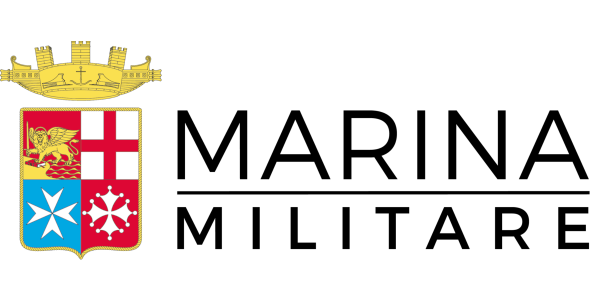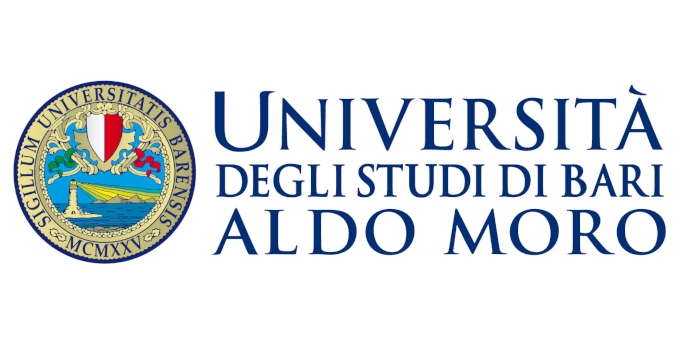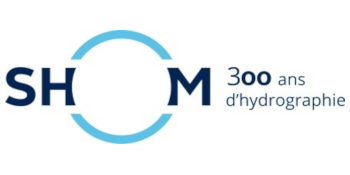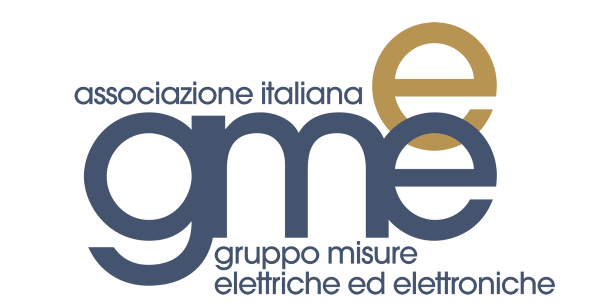Elasmobranchs as a measure of healthy status of the sea
ORGANIZED BY

Fabrizio Serena
Istituto per le Risorse Biologiche e le Biotecnologie Marine (IRBIM) - National Reserach Council Italy

Emilio Sperone
Dipartimento di Biologia, Ecologia e Scienze della Terra - University of Calabria

Fulvio Garibaldi
Dept. Earth, Environment and Life Sciences - University of Genoa

Roberto Carlucci
Department of Biology - University of Bari Aldo Moro
ABSTRACT
Elasmobranchs play a role as top predators, they are considered to be a key factor for the evaluation of the healthy condition and maintenance of the marine food webs. Due to their life-history traits, they are highly sensitive to fishery impacts and habitat loss, degradation, and fragmentation due to human activities, showing a consistent history of depletion and collapse for different populations worldwide. In this sense they are key species being also known as indicators of a good marine environmental status for the EU Marine Strategy Directive Framework.
This special session is aimed to present contributions useful to deepen all the aspect of the ecology and biology of elasmobranch populations in relation to environmental and other factors, with the goal of helping in the adoption of the more appropriate fishery and environmental management measures for their conservation.
ABOUT THE ORGANIZERS
Fabrizio Serena For the Mediterranean Basin is responsible of the project on large elasmobranchs monitoring (MEDLEM) in collaboration with Mediterranean research Institutes, adopted by FAO-SAC-SCMEE (SubCommittee Marine Environmental and Ecosystem) and by UNEP RAC/SPA. For the IUCN/SSG (International Union for Conservation of Nature and Natural Resources/Shark Specialist Group) is vice Regional co-chair for the Mediterranean Sea. For the elasmobranch species is consultant FAO, UNEP RAC-SPA. Member of the Scientific Committee of the European Elasmobranch Association. In 2004-8 scientific coordinator of the EU program “Status of Rays populations in the Mediterranean Sea and advice for sustainable exploitation of the stocks”, Fish/2004/03-41. In 2008 is coordinator for FAO of the Working Group ANTHROPOGENIC EFFECTS AND FISHING TECHNOLOGY in the context of GFCM-SCMEE activity. In 2005 attended as expert the FAO Expert Consultation meeting on the implementation of "IPOA-sharks" in preparation of the COFI meeting; in 2008 attended the FAO Technical Workshop on the status, limitations and opportunities for improving the Monitoring of shark fisheries and trade. In the 2010 and 2012 is Co-chair of the first and second ICES Workshop on maturity scales for elasmobranchs. In 2012-2013 is the scientific coordinator of the ELASMOSTAT project of the MiPAAF. From 2016 is associated research to IAMC-CNR of Mazara del Vallo (TP). For FAO-GFCM in 2017 has partecipated at the Training course target to Arabic countries. He has written over 130 scientific papers including about 15 of general interest, 57 related to the stock assessment, 12 related to population dynamics and 26 on the systematics and biogeography of the species. He has written over 50 articles on cartilaginous fish and two volumes published by FAO and the Italian Ministry of the Environment and the Sea. He edited some proceedings related to conferences, seminars, workshops, and is co-editor and co-author of a "check-list of marine organisms of Italy" (part elasmobranchs) produced by SIBM and edited by MiATTM. Finally is co-author of the "Book of Fishing" published by MiPAAF.
Emilio Sperone Assistant professor of Zoology at University of Calabria. Author of more than 40 publications in international journals, his research interests deal with: study of the individual and social behavior of white shark under ecotourism conditions in South Africa and Mexico; study of the feeding ecology of whale shark in Madagascar; study of the life history, distribution and movements of white shark in the Mediterranean; monitoring of the spatio-temporal distribution and ecology of elasmobranchs, teleosts and cetaceans in Calabrian seas and monitoring of alien species; study of the marine vertebrates life history reconstruction through the analysis of the accumulation of trace elements, stable isotopes of C and N and the parasitic charge.
Fulvio Garibaldi is PhD in Marine Environmental Science. Currently he is working as technician at University of Genoa, Dipartimento di Scienze della Terra, dell’Ambiente e della Vita, DISTAV - Laboratory of Fishery Biology, Aquaculture and Coastal Zone Management), in the framework of research projects on fishery resources of the Ligurian Sea, regarding small scale fishery, demersal and pelagic resources.
In the framework of national and international projects he was involved in fishery monitoring, biological sampling, fish tagging, data analysis (age and growth, reproduction, stomach content analysis).
He was also engaged in research projects aimed to the monitoring of the by-catch and conservation status of wild populations of elasmobranch fishes and marine protected species (cetaceans and sea turtles).
He is lecturer of the course “Ecology of the large pelagic species in the Liguran Sea” at University of Genoa. He is author or co-author of more than 100 papers, published on national and international journals.
Roberto Carlucci holds a Ph.D. in Environmental Science and he is Associate Professor in Ecology in the Department of Biology, University of Bari. His main research interests have been focused on the application of biological, statistical, and mathematical models to marine ecology, population dynamics and fishery stock assessment. He worked on EU DCF data collection, marine bio-invasions of alien species in the Mediterranean Sea and the implementation of the EU Marine Strategy Framework Directive. The application of EAF principles to fisheries management have been at the core of these collaborations. Roberto Carlucci was member of the Necton and Fisheries Steering Committee of the Italian Society of Marine Biology during 2010-2013 and 2013-2015. In addition, Roberto Carlucci long attended the Working Group on Fishery Stock Assessment of Demersal Species in the framework of the FAO General Fishery Commission for the Mediterranean as well as the FAO regional projects Eastmed being responsible of the Geographical Sub Area GSA19 (Western Ionian Sea). Roberto Carlucci is also the scientific responsible of the Jonian Dolphin Conservation onlus which is focused on the assessment and conservation of dolphin and whales in the Ionian Sea. Moreover, Roberto Carlucci is member of the CIESM Task Force on Sharks and Rays. Roberto Carlucci has (co)-authored more than 130 scientific publications in congress proceedings, national and international ISI journals. Roberto Carlucci is a reviewer for Italian and international ISI journals.
























